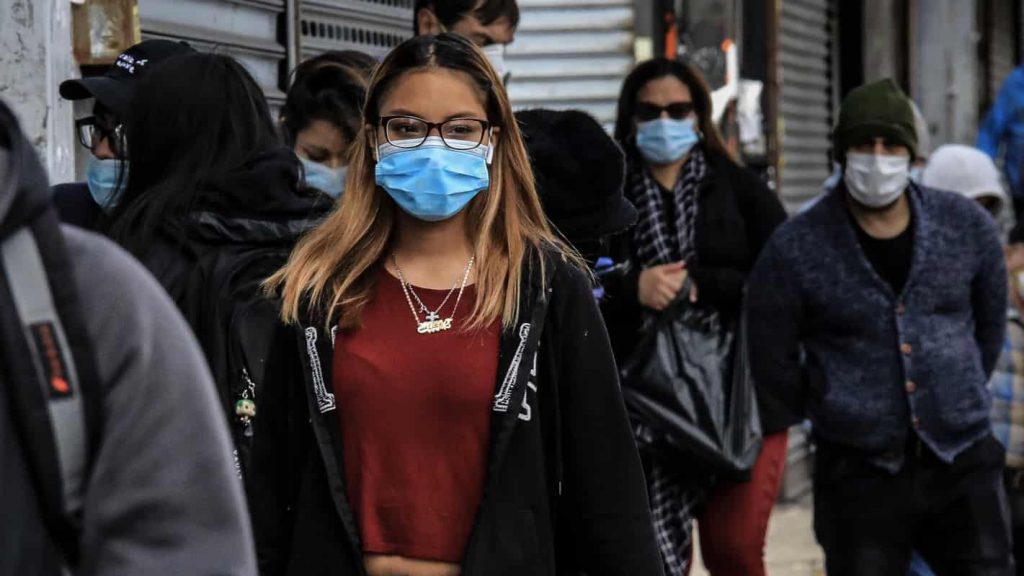Hispanics, Latinos make up 3.9% of the New Hampshire population, but as of the first week in June were 9.9% of confirmed COVID-19 cases. The Black community is 1.4% of the state’s population and is 6.6% of confirmed cases and climbing.
By contrast, Asians make up 3.1% of the state’s population and 3.0% of hospitalizations, according to the Concord Monitor – which may reflect their higher average socioeconomic status than other non-white groups.
The White population of New Hampshire is 90%, but make up just 73% of COVID-19 cases.
However, a report by the state’s Department of Health and Human Services reveals that because of differences in age between ethnic, and racial groups – 87% of COVID-19 deaths are white people over the age of 70.
New data corrects similar opinion in neighboring state

After reporting for weeks that Connecticut Hispanics are only half as likely to die from COVID-19 as non-Hispanic whites, state officials now say that Hispanics here are substantially more likely to die from the disease.
State officials were also reporting that the state’s Black population was only 26% more likely than whites to die from a coronavirus infection when in fact their likelihood of death is 2.5 times as high. The death rate for Hispanics is now calculated at 67% higher than non-Hispanic whites.
Why the change? And why were they getting it wrong?
Health officials recognized that the daily figures being released by the governor’s office weren’t a true reflection of the impact of the disease on the populations outside of nursing homes, where 60% of Connecticut’s COVID-19 deaths have occurred. Yale Public Health Epidemiologist Albert Ko, who chairs Governor Ned Lamont’s advisory group on reopening the state, said the daily reports did not jibe with the number of Blacks and Hispanics who were reported hospitalized at more than twice the rate of whites.
Pandemic highlights structural racism and bias
Even before this pandemic, people of color were more likely to live in poor health than their white counterparts and, for black residents, to die younger. These differences are not accidental, nor are they the result of biological differences between people of different races. Instead, they reflect differences in the opportunities and barriers to being healthy – differences that are rooted in structural racism and bias.
There has been much reporting on the reasons people of color have been especially vulnerable to COVID-19. These include higher rates of underlying conditions, including asthma and diabetes, as well as economic factors, such as being less likely to have jobs that allow for working from home, potentially increasing their exposure to the virus.
As this disease unfolds, it is important to recognize the roots of these disparities. These include differences in access to health care, unequal treatment within the health care system, unequal access to resources such as stable housing and healthy food, and personal experiences of discrimination and racism that have lasting physical and mental health consequences.

